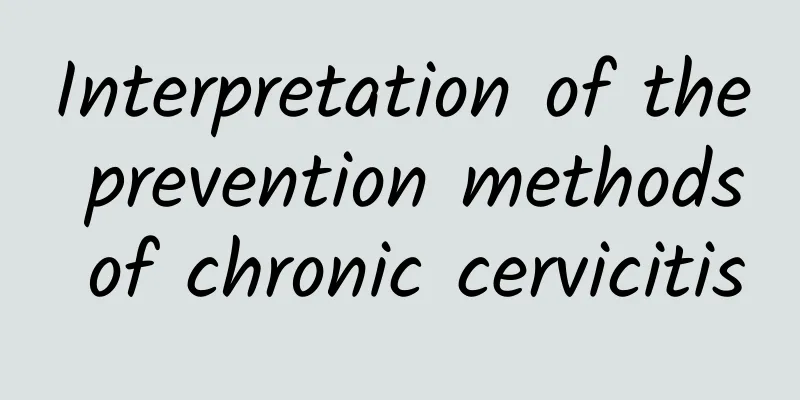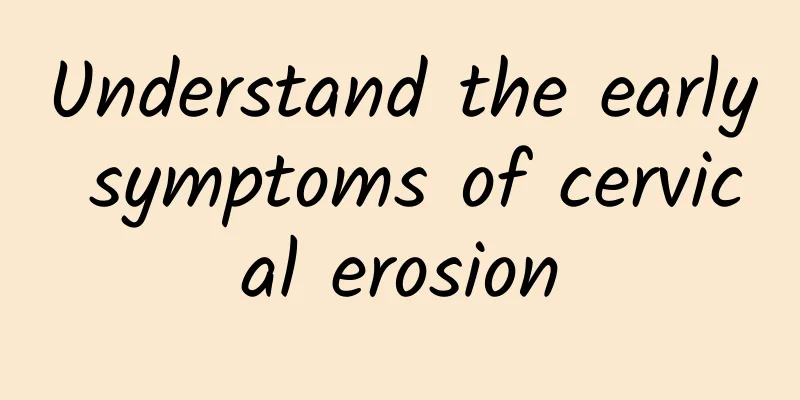[Nutrition Illustrated] Does eating liver nourish the liver? Let’s start by understanding protein...
![[Nutrition Illustrated] Does eating liver nourish the liver? Let’s start by understanding protein...](/upload/images/67dd223906143.webp)
|
Whenever talking about diet, nutrition and health, most people are more concerned about and know more about the issues of "oil" and "sugar". When it comes to "protein", most people only talk about the differences between meat and vegetables, the high calories of meat, eating meat to lose weight, or the fact that people with kidney disease cannot eat too much protein. This is a shame because protein is far more important to your health than sugar and fat! Although among the five major nutrients, carbohydrates, proteins and fats can all provide energy to the body, for the human body, the priority use of protein is as a building material rather than calories. Protein not only provides the building blocks needed for cell renewal and repair, and is related to growth and development, it is also an important component of enzymes and hormones, and is closely related to the regulation of human body functions, fluid balance, and immune function. For this nutrient that is so important to health and life, we need to have more knowledge and understanding of it in order to have a better quality of life and health. So next Stella will write a series of protein-related articles to help everyone quickly get started with some practical protein-related knowledge. Today, we need to first understand the basic knowledge of protein. As long as you understand this concept, you will know what the popular peptides and small molecule proteins are, and why eating liver cannot replenish liver and eating collagen cannot replenish collagen^_^ Understanding protein ~ A brief discussion on the relationship between protein, peptides and amino acids? Amino acids are the smallest units that make up proteins. Although there are hundreds of amino acids in nature, there are only about 20 of them in the proteins of animals and plants. For the human body, there are mainly 22 amino acids involved in protein synthesis. To make it easier for everyone to understand this concept, you can imagine protein as a necklace made up of many different beads (generally speaking, this protein necklace is made up of more than a dozen beads of different colors), and the difference between the two names "peptide" and "amino acid" is the number of beads: *The beads mentioned above are amino acids (there are 22 different beads) *If the number of beads in this protein necklace exceeds 50, it is called "protein". For example, collagen, which is well known to everyone, is composed of three amino acid chains, each with about 1050 amino acids. *If the number of beads in this protein necklace is greater than 1 and less than 50, it is called a "peptide". So peptides are actually proteins with smaller molecules. The "hydrolyzed protein" that we often hear about is actually the process of converting large molecular proteins into smaller molecular proteins, that is, peptides, through the hydrolysis process. The above process will occur naturally after food enters the digestive tract, so for most people, there is no need to purchase small molecule protein or peptide foods to eat unless there is a problem with the digestive tract function or digestive juice secretion. (Photo courtesy of nutritionist Stella's weight loss and nutrition blog) Why is it that “eating collagen cannot replenish collagen”, “eating liver cannot replenish the liver”, and “eating kidneys cannot replenish the kidneys”? 1. Decomposition of protein in food When we eat certain food, the protein in the food will be broken down by enzymes (you can imagine enzymes as scissors, different scissors can cut the chain next to the "specific amino acid" beads) and split into smaller molecular proteins (i.e. peptides) or amino acids. The process is roughly like this: *Protein digestion begins in the stomach. In the stomach, protein enzymes will first break down large protein molecules into small segments (i.e. long-chain peptides, or polypeptides). *Then it enters the duodenum. Here, enzymes secreted by the pancreas break down long-chain peptides into short-chain peptides or single amino acids. *The final step of protein decomposition occurs in the small intestine, where all peptides are broken down into amino acids by different scissors and then sent into the blood circulation. 2. Synthesis of body protein When the body needs a certain protein, it will obtain the required amino acid raw materials according to the code in the DNA, combine them in sequence, and synthesize various proteins to perform its function. Therefore, the reasons why “eating collagen cannot replenish collagen” and “eating liver cannot replenish the liver” are quite simple. From the picture we can see that no matter it is collagen or XX protein, when they enter the body, they will eventually be broken down into the smallest molecular amino acids, rather than entering the body as the "prototype" (collagen) as you imagine and being directly absorbed as the "prototype". In addition, even though the body can use amino acids to synthesize proteins, because there are tens of thousands of proteins in the human body that require amino acids as building materials, about 5% of body weight tissues need to be replaced every day. Whether it is the renewal of cell parts or the renewal of substances in the blood, amino acids are needed as raw materials. Therefore, the probability that the collagen ingested into the body can be synthesized back into collagen by the original team is very slim. Therefore, if you really want to supplement collagen, or eat liver to nourish the liver or kidney to nourish the kidney, the best way is to eat more foods rich in high-quality amino acids to provide high-quality and sufficient building materials to the body, so that the body can naturally synthesize collagen or other proteins. In addition, many people deliberately eat "collagen-rich" foods such as pig skin or chicken skin in order to supplement collagen, which is also not a smart approach. Because animal skins not only have poor amino acid quality, are rich in oil and saturated fatty acids, but are also high in calories. So if you want to supplement collagen, instead of eating pig skin or chicken feet, it is better to eat more high-quality protein. This article comes from: Nutritionist Stella's Weight Loss & Nutrition Blog ※For more information, please see "Nutritionist Stella's Weight Loss & Nutrition Blog" |
<<: I gained weight during menopause! Drink more soy milk to lose weight quickly?
>>: Powerful fight against obesity! 3 exercises a day, lose 18kg quickly after giving birth
Recommend
Eating out is not “rough”! 90% of catering businesses do not provide brown rice
"Eating brown rice" is the simplest way...
Experts explain the examinations needed for dysmenorrhea
If female friends often experience pain before an...
What causes chronic cervicitis in women? Chronic cervicitis in women is caused by 4 reasons
There are many reasons that can lead to chronic c...
What are the symptoms of pelvic peritonitis?
Pelvic peritonitis is one of the most common infl...
What medicine can cure uterine fibroids? What medicine is most effective for uterine fibroids?
What medicine can cure uterine fibroids? What med...
Symptoms of hyperplastic vulvar leukoplakia
What are the symptoms of hyperplastic vulvar leuk...
What are the symptoms of congenital absence of vagina?
Congenital absence of vagina refers to the obstru...
Fried food is so tempting! This trick is to eat less oil and salt and eat healthily
On the way home, the aroma of crispy fried food h...
What are the effects of premature ovarian failure on the body?
What effects does premature ovarian failure have ...
10 detox recipes! Speed up metabolism and lose weight faster
Detoxification is a very important part of weight...
What are the valuable diagnostic bases for dysmenorrhea in Western medicine?
The diagnosis of dysmenorrhea in Western medicine...
What is the normal value of uterine rectal effusion?
The normal value of rectouterine effusion refers ...
How to regulate irregular menstruation with light menstrual flow and dark color
How to regulate irregular menstruation with light...
What are the effects of eating soybeans on uterine fibroids? Can you eat soybeans for uterine fibroids?
Uterine fibroids are a common gynecological disea...
Precautions for patients with ovarian cysts during recovery
Ovarian cyst is a benign cyst, which refers to th...









